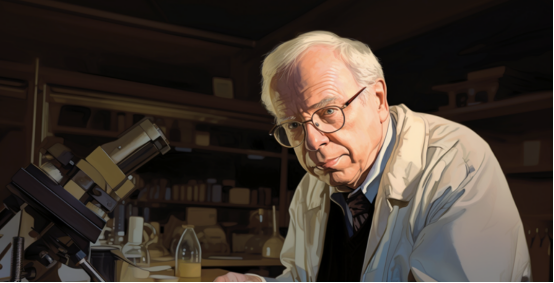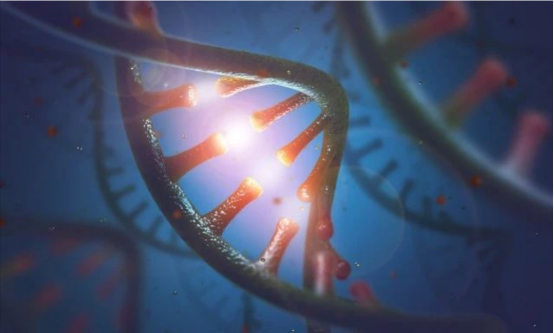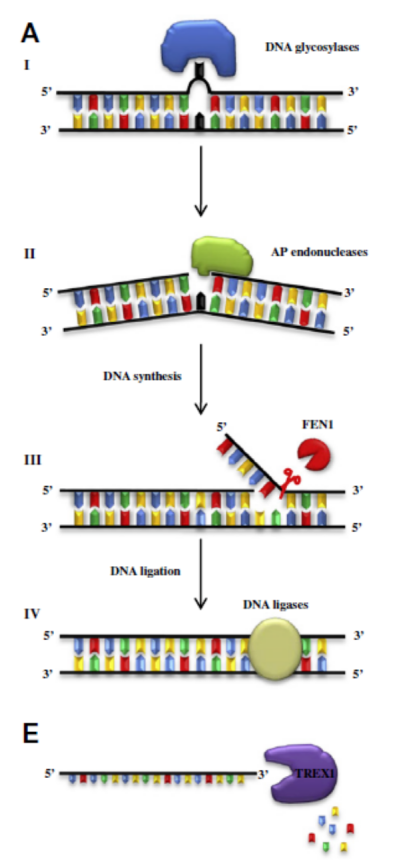Please click the button below to go to our email login page
|
Contrary to mainstream opinion, the scientist was awarded the Nobel Prize, unveiling the secret of how DNA stays stableTomas Lindahl, a biochemist, boldly challenged the consensus about the stability of DNA from scientists at that time, and firmly believed that DNA can be damaged naturally and the damage can be repaired through certain mechanisms in cells. Finally, Dr. Lindahl discovered base excision repair, a major cellular defense mechanisms against endogenous DNA damage, and won the Nobel Prize in 2015.
01. Embarking on the path of medicine education Lindahl was born in Stockholm, Sweden, in a relative poor family with open-minded parents and a warm family atmosphere. Lindahl was not a top notch student at high school, but excellent marks are needed for admission to popular undergraduate majors such as medicine. With the encouragement of his family, Lindahl applied to a medical school, Karolinska Institute, in Stockholm, and successfully enrolled in this medical school. 02. Beginning the research on DNA At medical school, Lindahl discovered his interest in biochemistry and bacteriology, and signed up for a new basic research project launched by the Department of Bacteriology at Karolinska Institute. In the Department of Bacteriology, Lindahl met prof. Einar Hammarsten, a pioneer in the field of DNA research, who guided Lindahl in exploring many issues related to DNA.
In the mid-1960s, Lindahl was invited to conduct postdoctoral research on tRNA in Prof. Jacques Fresco's laboratory at Princeton University. During research, Lindahl found that tRNA can degrade at the same rate under different preparation methods, which casts doubt on the theory of DNA stability. Before 1953, the scientific community generally believed that DNA is extremely stable, and after the discovery of DNA double-helix structure, the principle of “complementary base pairing” almost becomes the strong evidence of DNA stability. Therefore, no one explored the possibility of DNA instability, and Lindahl decided to decipher this possibility on his own. 03. Overthrowing the mainstream opinion and discovering base excision repair mechanism Between 1970 and 1980, Dr. Lindahl found the human genome generates tens of thousands of potential mutations every day, so there must be a certain kind of DNA repair enzyme and mechanism to counteract endogenous DNA damage. Over the following decade, Dr. Lindahl and his team discovered the main cellular defense mechanisms in the human body against endogenous DNA damage, namely base excision repair mechanism, and unraveled the mechanism of action of several DNA repair proteins, which completely overthrown the mainstream opinion of “DNA stability”.
Later, Dr. Lindahl was devoted to revealing “various enzymes with unique functions involved in base excision repair”. In 1994 and 1996, his team successfully established the base excision repair process in vitro with enzymes from Escherichia coli and humans, respectively. In 2015, Dr. Lindahl received the Nobel Prize for base excision repair mechanism. Previously, he was also awarded the 2010 Copley Medal of the Royal Society which is considered the most prestigious honor for scientific achievements beyond the Nobel Prize. Dr. Lindahl is one of the first group of scientists to discover the process of DNA repair. It is his firm conviction and determination that propel him to the forefront of scientific research, bravely challenging the mainstream opinion of the scientific community and unveiling the repair mechanism of DNA. |



